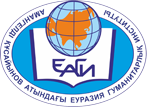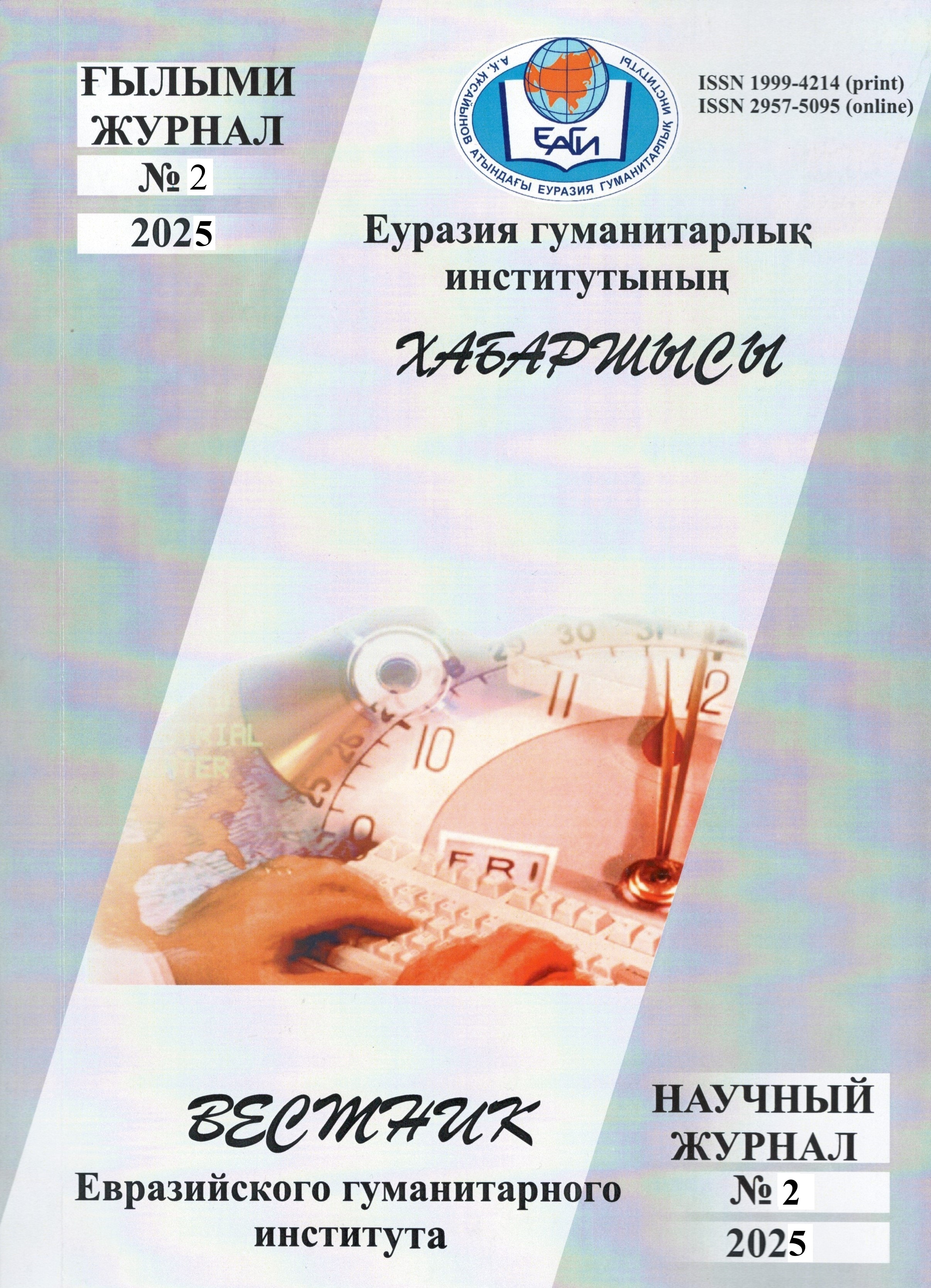CULTURAL CODES IN LITERARY TRANSLATION
DOI:
https://doi.org/10.55808/1999-4214.2025-2.15Keywords:
cultural code,literary translation, identity, everyday life, customs, era.Abstract
This article is devoted to the study of the issue of transferring cultural codes in Ilyas Esenberlin’s trilogy "Koshpendiler" when translated into Russian and English. The relevance of the study is determined by modern trends towards the universal reflection of cultural space in a literary work. The focus is on the elements of life and everyday life of nomadic peoples, their traditions and values. The purpose of the study is to identify and analyze the methods of transferring cultural codes of the Kazakh ethnic group, presented in Ilyas Esenberlin’s trilogy «Koshpendiler», as well as to determine the effectiveness of the translation strategies used to preserve the cultural specificity of the original.
The cultural code in the trilogy allows encoding and decoding behavioral patterns, value orientations, and worldview. National cultural codes are used by the writer as a literary device to introduce the reader to the specific semantics of Kazakh culture. They add layers and depth to the work, promoting a deeper understanding of the cultural context and interaction with its values and ideals. The paper uses a comprehensive approach, including a descriptive method for identifying and classifying cultural codes, a comparative analysis to assess their transmission in translations, a contextual analysis method to determine the meanings of cultural realities and their equivalents, as well as elements of translation analysis to assess the adequacy of translation decisions. The paper examines how translation can not only convey the meaning of the text, but also preserve the cultural code that shapes the identity of the characters and the nation as a whole. The difficulties and challenges that translators face when conveying not only the lexical meaning, but also the cultural nuances of the original are discussed. An analysis of the application of various translation methods and techniques demonstrates the possibility of achieving a high degree of adequacy and expressiveness, which makes the translation closer to the author's intention and the cultural content of the original.
The article will be useful for researchers, students and practicing translators interested in issues of cultural adaptation and intercultural communication in literature, as well as the specifics of conveying cultural realities in literary translation.


